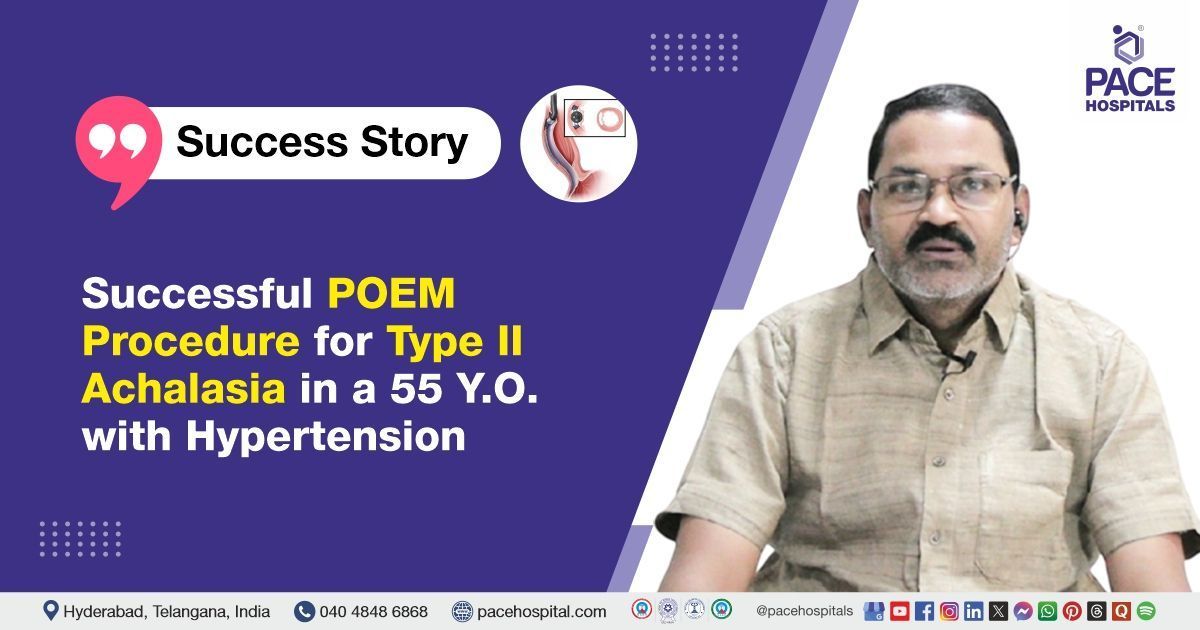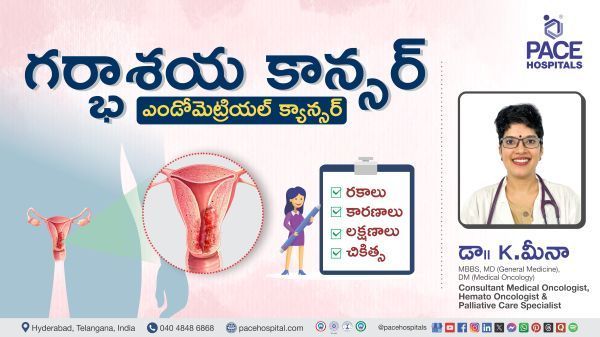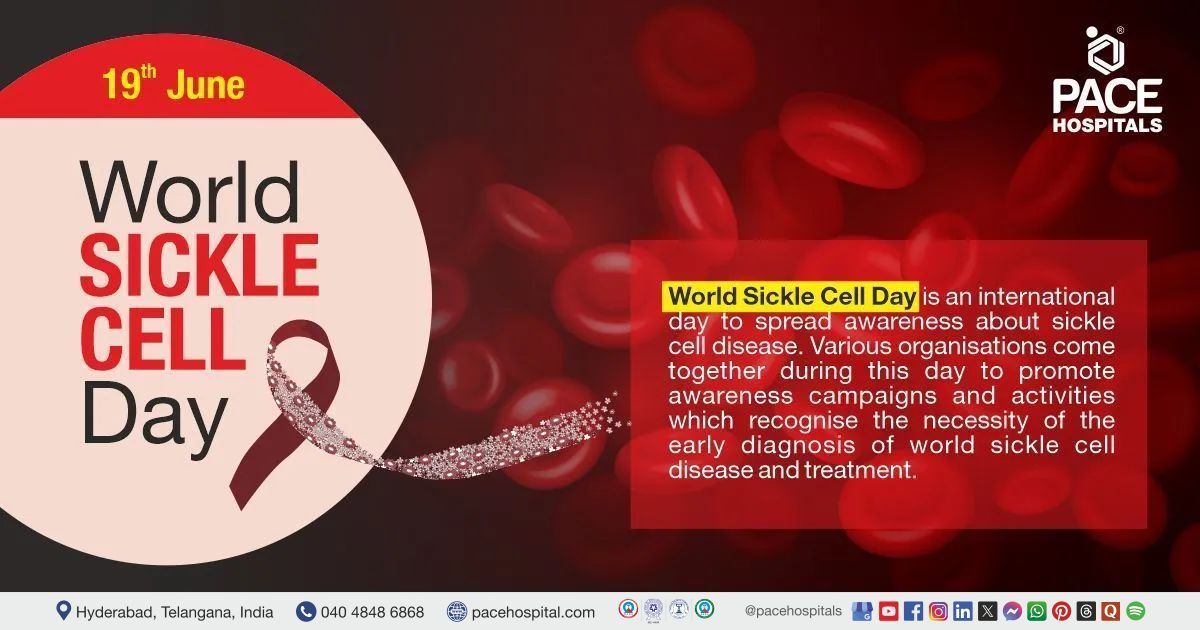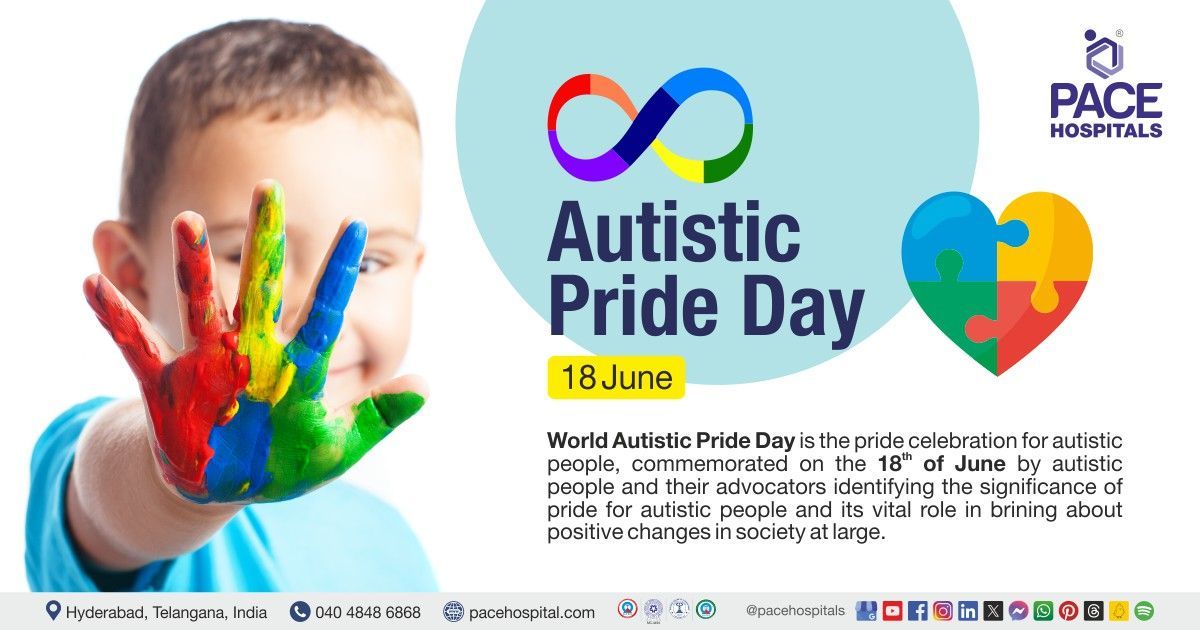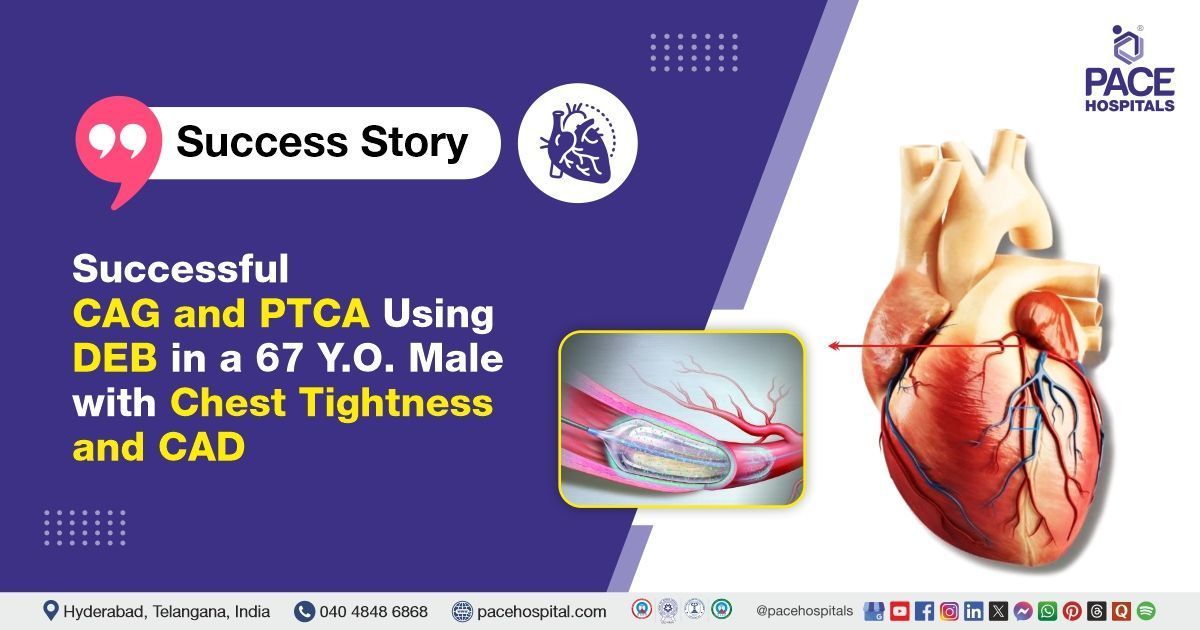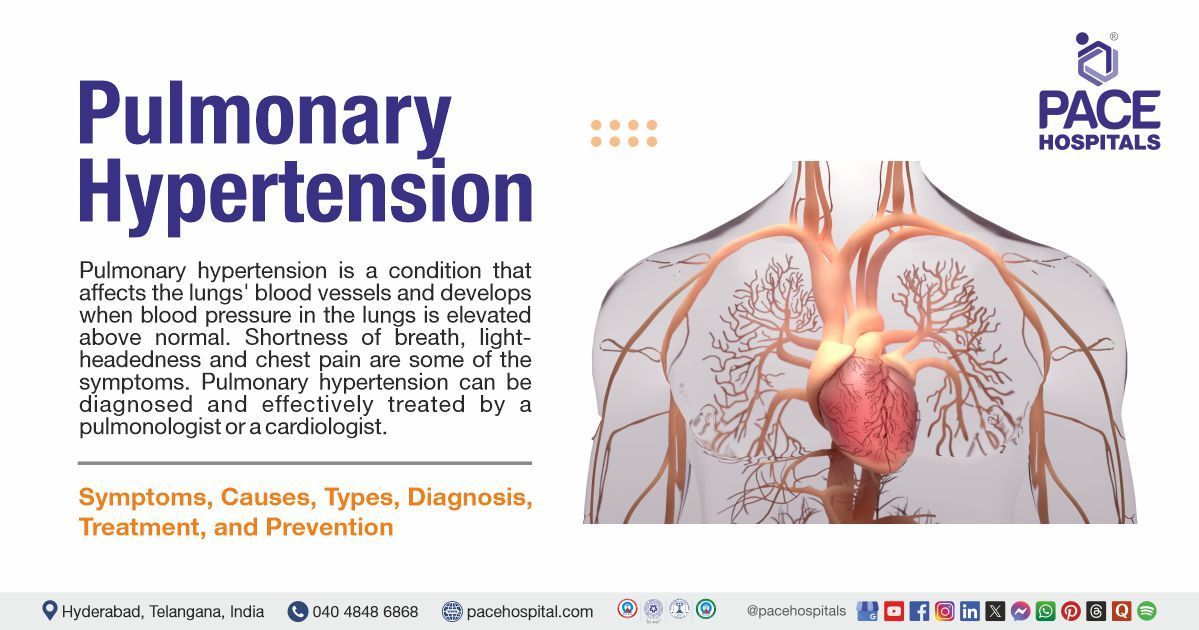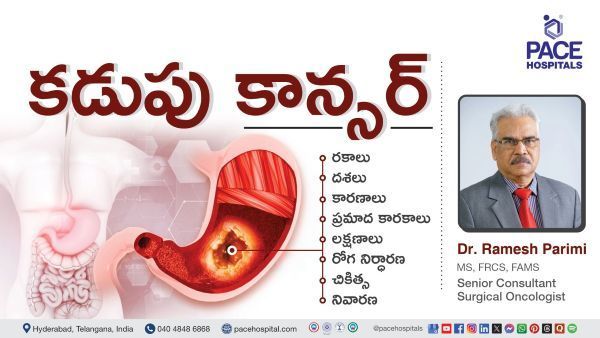Successful POEM Procedure for Type II Achalasia in a 55 Y.O. with Hypertension
The PACE Hospitals' expert gastroenterologist team successfully performed a Peroral Endoscopic Myotomy (POEM) on a 55-year-old male patient diagnosed with achalasia cardia type II, who had been presented with difficulty in swallowing both liquids and solids for the past 1 year. The procedure resulted in a notable improvement in his swallowing ability and enhanced the patient’s overall functional recovery and quality of life.
Chief Complaints
A 55-year-old male with a
Body Mass Index (BMI) of 23.1 presented to the
Gastroenterology Department at
PACE Hospitals, Hitech City, Hyderabad, with complaints of difficulty swallowing both liquids and solids for the past one year.
Past Medical History
The patient had a history of achalasia cardia, diagnosed through a barium swallow, and
upper gastrointestinal endoscopy, and confirmed by esophageal manometry as achalasia type II. To manage the condition, he underwent pneumatic dilatation. Additionally, the patient had a history of
hypertension, for which is on regular medication. His past surgical history included an appendicectomy, with no reported complications.
On Examination
Upon admission, physical examination revealed that the patient was clinically stable, with no signs of acute distress. He was conscious, alert, cooperative, and oriented to time, place, and person. His vital signs were within normal limits. Systemic examination, including abdominal assessment, showed a soft, non-tender abdomen with no palpable masses or signs of discomfort. Bowel sounds were present and normal. Overall, the findings were consistent with his gastrointestinal complaints and showed no evidence of acute abdominal pathology.
Diagnosis
Following the patient's admission, various investigations were carried out to assess his overall health which included, Complete Blood Count (CBC), Liver Function Tests (LFT), and Renal Function Tests (RFT), which were all within normal limits, indicating no signs of infection, liver dysfunction, or renal impairment. An ECG and 2D echocardiogram were also performed, both of which showed normal results, confirming the absence of underlying cardiac issues.
Given the patient's history of achalasia cardia, diagnosed in the past, these normal findings reassured the medical team that he was in a stable condition and that the planned procedure could be safely carried out.
Based on the confirmed findings, the patient was advised to
undergo Achalasia Cardia Treatment in Hyderabad, India, under the expert care of the Gastroenterology Department.
Medical Decision-Making (MDM)
After a thorough consultation with the consulting gastroenterologists, Dr. Govind R. Verma, Dr. Sudhir, Dr. Padma Priya, and cross-consultants Dr. Seshi Janjirala and Dr. Pradeep Kiran Panchadi, a comprehensive evaluation was conducted to determine the most appropriate diagnostic and therapeutic approach for the patient. The multidisciplinary team collaborated to address the patient's clinical presentation, ensuring a tailored treatment plan. Based on their collective expertise and assessment, it was decided that Peroral Endoscopic Myotomy (POEM) would be the most effective procedure to manage the patient's condition.
The patient and his family were thoroughly counseled regarding his condition, the planned surgical procedure (Peroral Endoscopic Myotomy), its potential risks, and the necessity of the intervention to relieve his symptoms and improve his quality of life.
Surgical Procedure
Following the decision, the patient was scheduled for Peroral Endoscopic Myotomy (POEM) Surgery in Hyderabad at PACE Hospitals, under the expert care of the Gastroenterology Department.
After a thorough pre-anesthetic assessment, cardiology clearance, and obtaining informed consent, the patient underwent a Peroral Endoscopic Myotomy (POEM) under general anesthesia.
- Preparation: The patient was positioned on the operating table, and the area was sterilized. Anesthesia was applied to the throat, intravenous access was established, and sedation was administered.
- Endoscopic Access: A flexible endoscope was introduced into the esophagus, and the mucosal layer was carefully dissected in preparation for the myotomy.
- Myotomy: A tunnel was created within the esophageal mucosa, and the myotomy was performed along the distal esophagus and cardia.
- Completion: The endoscope was removed, and the site was inspected for any signs of bleeding or injury. No complications were observed during the procedure.
Postoperative Care
The procedure went uneventful. Post-procedure, the patient was kept nil by mouth (NBM) for 2 days and was managed with intravenous fluids, antibiotics, nebulization, and other supportive measures. On day 3, an oral gastrograffin test was performed, which showed no evidence of contrast extravasation or retention. The patient’s symptoms improved, and he tolerated a liquid diet well. He was subsequently discharged with the following medical advice.
Discharge Medications
At the time of discharge, the patient was prescribed a course of antibiotics to prevent infection and support recovery. Additionally, proton pump inhibitors (PPIs) were prescribed to reduce gastric acid secretion, promote healing of the esophagus, and prevent acid-related complications. Antihypertensive medication continued to manage the patient's hypertension and maintain blood pressure in control. The patient was advised to follow up as scheduled and adhere to the prescribed treatment regimen for optimal recovery.
Dietary Advice
The patient was advised to follow a liquid diet for the first 6 days post-procedure, followed by a soft diet for the next 3 weeks to allow proper healing and minimize stress on the esophagus.
Emergency Care
The patient was informed to contact the Emergency ward at PACE Hospitals in case of any emergency or development of symptoms like fever, abdominal pain, or vomiting.
Review and Follow-up Notes
The patient was also advised to return for a follow-up visit with the Gastroenterologist in Hyderabad at PACE Hospitals, after 1 month to review his condition.
Conclusion
This case highlighted the success of Peroral Endoscopic Myotomy (POEM) in the treatment of achalasia cardia, leading to a marked improvement in the patient's symptoms and overall condition.
The Importance of the Gastrograffin Test in Post-Operative Evaluation of the Patient
The Gastrograffin test, performed post-procedure, was essential in evaluating the patient’s recovery after Peroral Endoscopic Myotomy (POEM). This test confirmed the absence of contrast extravasation or retention, ruling out any leaks or complications in the esophagus.
The gastroenterologist/gastroenterology doctor uses this diagnostic tool to assess the integrity of the myotomy site and ensure there are no post-operative issues, such as perforation or infection. The test reassures the medical team that the patient is healing well, allowing for a safe transition to a liquid diet. This step was crucial in confirming the procedure's success and supporting the patient’s recovery, ensuring that the esophagus was functioning properly post-surgery.
Share on
Request an appointment
Fill in the appointment form or call us instantly to book a confirmed appointment with our super specialist at 04048486868

